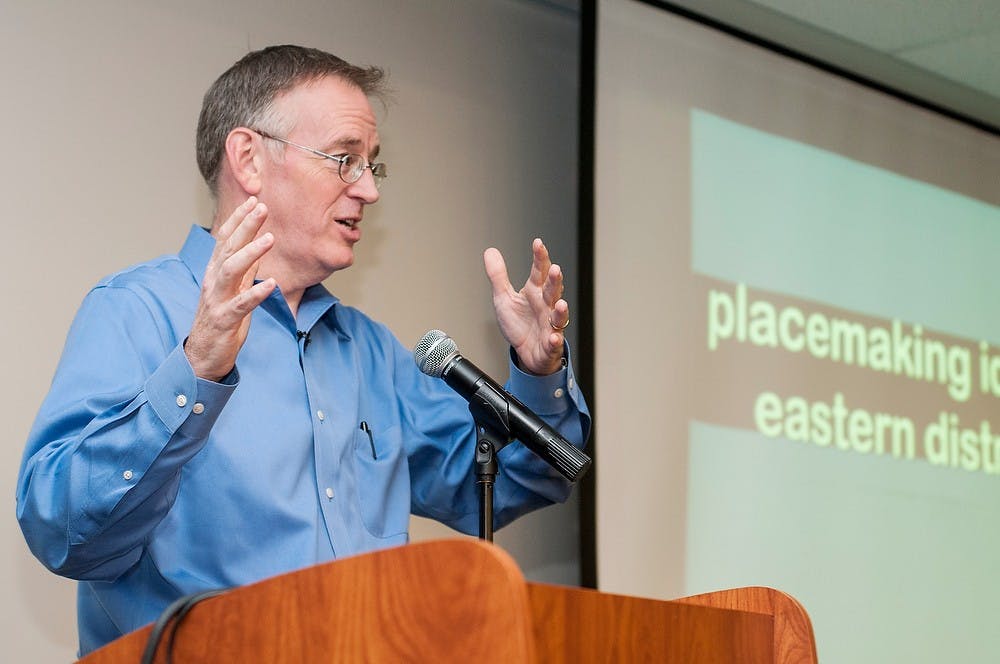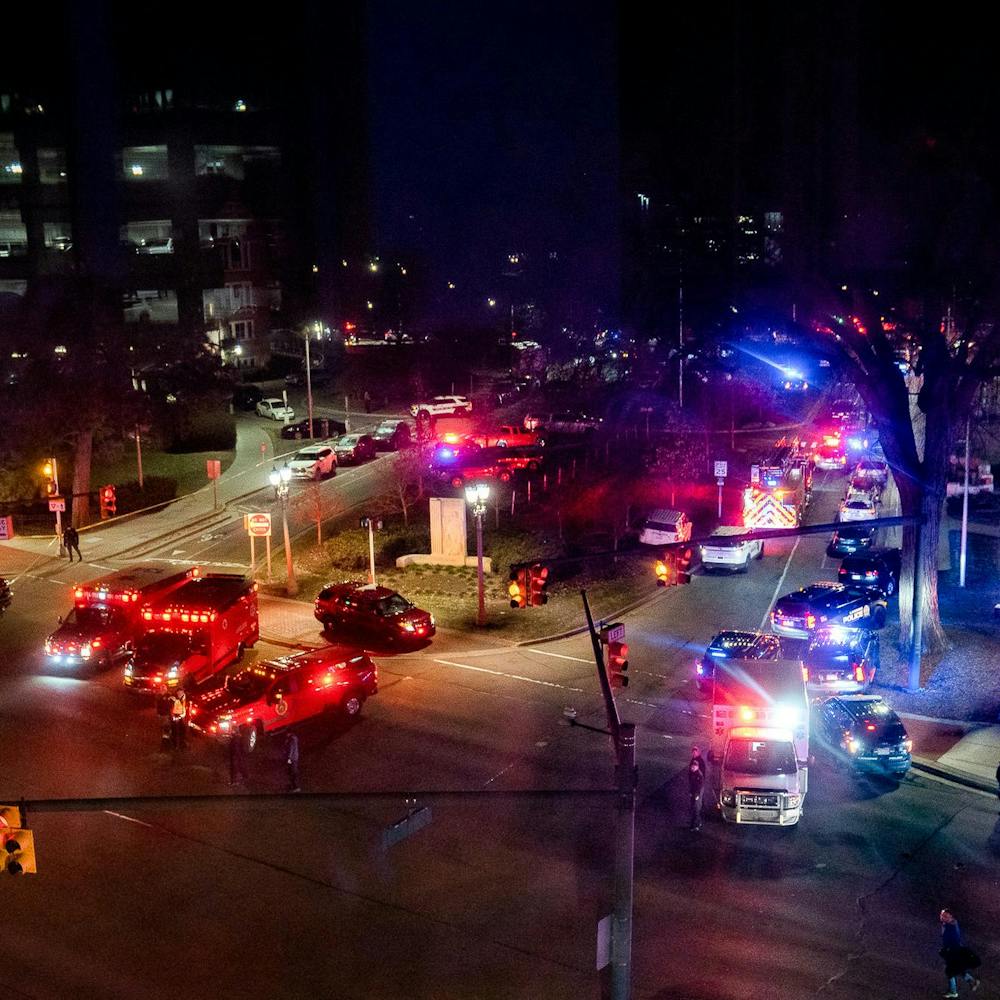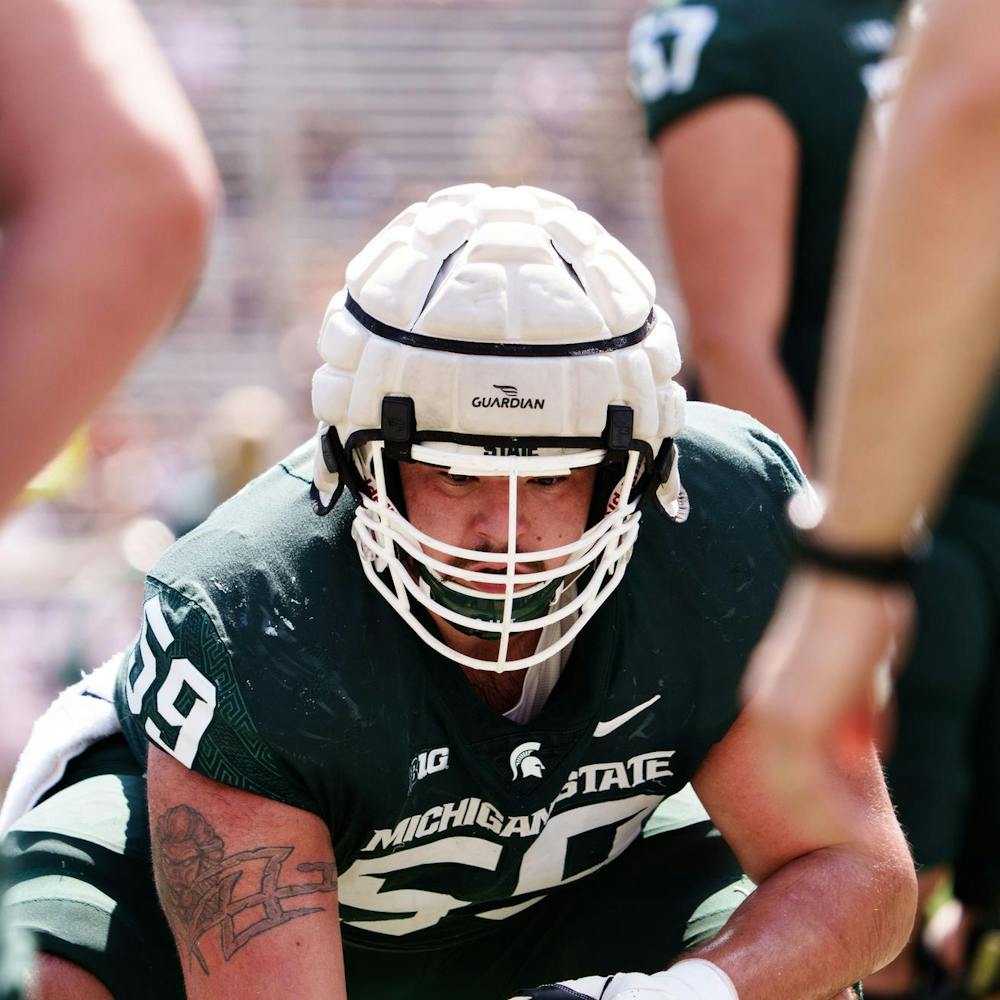Community members, officials and students gathered Wednesday evening to view what eight days of charrettes produced for the Tri-County Regional Planning Commission’s vision for the corridor from the Capitol to Webberville, Mich.
The corridor runs of Michigan Avenue from the Capitol to its merge with Grand River Avenue, then on to Webbervile, close to a 20-mile stretch total.
The principles of the plan for the corridor’s future involve buildings with mixed-use development is closer together, with taller buildings, a more connected transit system and areas that are more bike and pedestrian-friendly, said Victor Dover of urban design firm Dover, Kohl & Partners.
“We look at this as all kind of an ensemble,” Dover said, referring to all the aspects of the planning process.
Charrettes were part of a series of demonstration projects provided by the Mid–Michigan Program for Greater Sustainability to discuss the area’s future.
“The goal is to produce consensus based sustainable plans for transportation, urban design, land planning and economic development to be implemented throughout the corridor over the next 20 years,” the project’s website said.
The most immediate effect of the charrette’s conclusion appears to be an incremental step toward the implementation of a rapid transit system, which was chosen as the “locally-preferred alternative” by the Capital Area Transit Authority, or CATA, in 2011. The system would replace the existing number one bus route, which travels to and from the Capitol to Meridian Mall.
“There are a great many people … who didn’t know this corridor has been the subject of a great amount of discussion in terms of the (rapid transit system),” Dover said.
However, Dover also emphasized the rapid transit system was not totally solidified as a new transportation system for the corridor.
“(MSU students) are about to go into the phase where they run things, they should be the most interested in this,” Dover said.
“When we have a 65-year-old talk about the walkable place that could be built in 20 years, they’re not just having that discussion for themselves.”
CATA next will be conducting an environmental impact analysis on a bus rapid transit corridor.
In late February, the design team hopes to provide a final report with all the input from the charrettes.
Graduate student Jason Cox attended the meeting as part of a class project for his planning theory class.
He said the charrettes were a unique way to get people involved in the planning process, but said they were not a full representation of the community.
“It’s a positive way and an extended way to get people to drop in and see what’s going on,” Cox said.
Support student media!
Please consider donating to The State News and help fund the future of journalism.
Discussion
Share and discuss “Residents share thoughts on proposed improvements to Greater Lansing” on social media.






